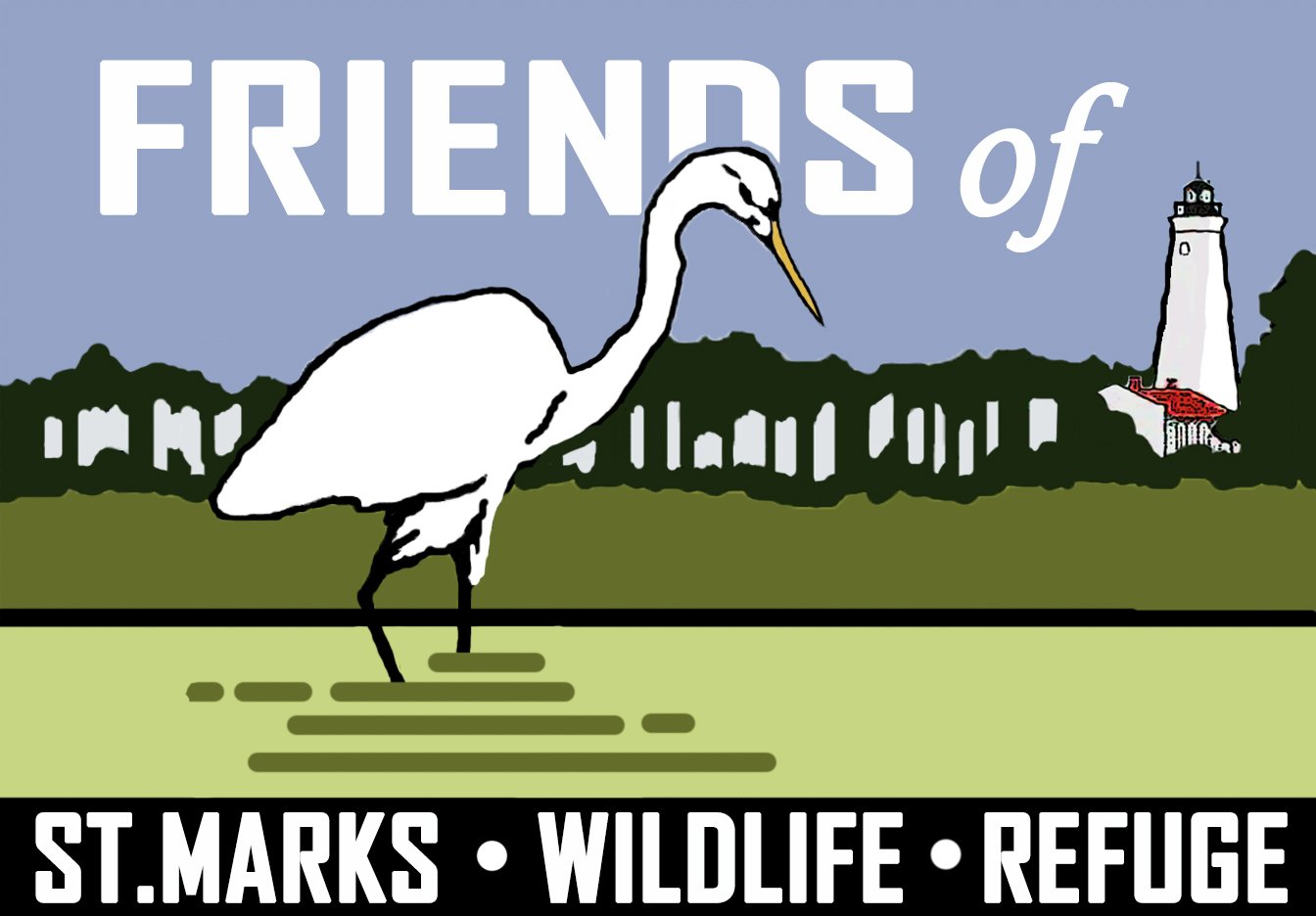I ran into a bear down at St. Marks NWR last week. I was riding my bike on Aucilla Tram Road, a dirt road that branches off Lighthouse Road a mile beyond the Visitor Center. It is closed to vehicular traffic, but is open for horses, bikers and hikers. Just over seven miles down the road, it crosses the Pinhook River and that was my goal.
Tram Road passes through a forest that is comprised primarily of Slash Pine and scattered Cabbage Palms. It cuts through hardwood hammocks and marshes edged with green ash and tupelo. In places, the edge of the road is spotted with grass pink orchids and meadow beauty.
There are a welter of old logging roads that intersect Tram Road and as I approached one that came in at an angle a Black Bear stepped into the road. I immediately stopped the bike.
I like Black Bears, but I also respect their strength. This bear had also stopped and was facing away from me. I was only about thirty feet from what appeared to be a large family-sized bear, probably a male. My guess was that it weighed over three hundred pounds and that I might be inside its comfort zone. I did not want to do anything that might cause it to feel threatened. The bear turned to look at me and for a brief second, we stared at each other.
Then, the bear took off running. For a few moments I could hear it crashing through the undergrowth and then it was gone.
According to the calendar, Spring is about to end and the start of Summer is just over a week away, but the progression of the seasons down here along the Gulf coast is organic and messy, full of vagaries and contradictions.
June is the beginning of the breeding season for black bears and the bear that I saw may have been in search of a mate. However, nesting season for many of the refuge’s breeding birds is over. Young Carolina Wrens and Clapper Rails are following their parents, begging for food. Female gators are guarding nest mounds full of eggs and mother otters are teaching their kits to hunt. Each species follows its own timing for its annual cycle and it is the sum of those cycles that creates the natural world that we see.
The shorebird season is drawing to a close. There are only a few hundred shorebirds on the refuge. The refuge’s wintering Western Sandpipers and Dunlins are already on their arctic breeding grounds, but there are still Semipalmated Sandpipers and a few other species migrating through. Our nesting Wilson’s Plovers and Willets are being followed by young birds. Yearlings of a few species that do not migrate in their first year are settling in for the long hot Summer and in another month Fall migration will begin as the first south-bound shorebirds filter through.
There are no hard edges or straight lines in nature. The refuge’s yearly seasonal cycle flows like a river with no beginnings, breaks or ends.
Come down to St. Marks and jump in.

